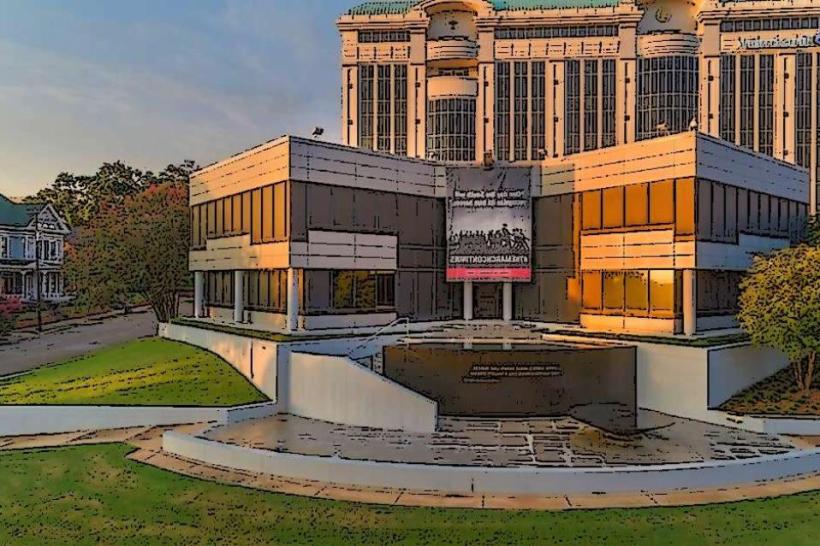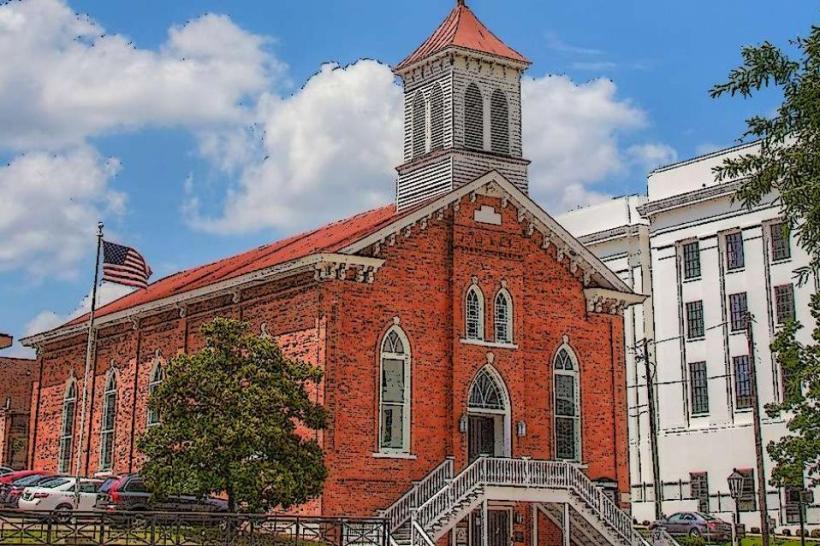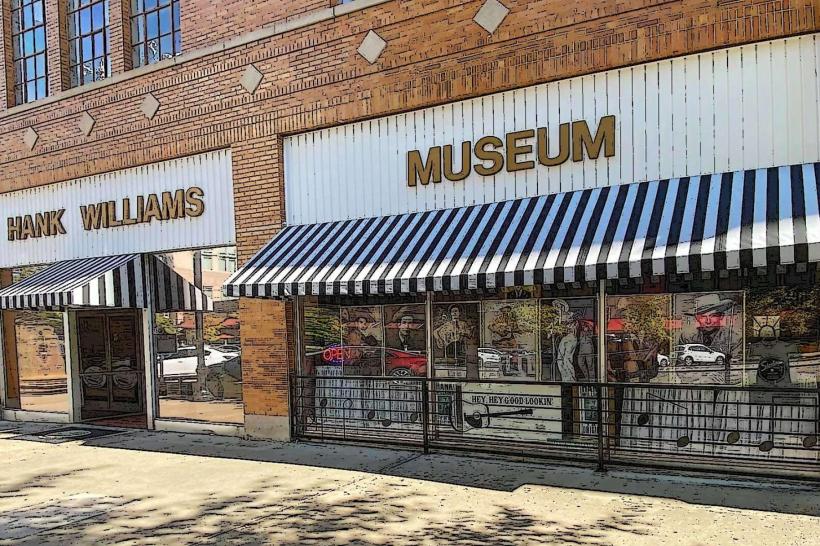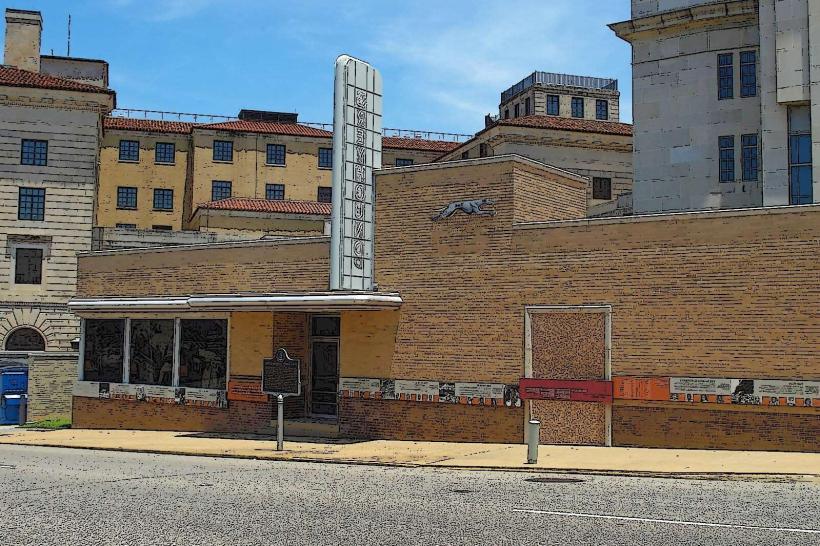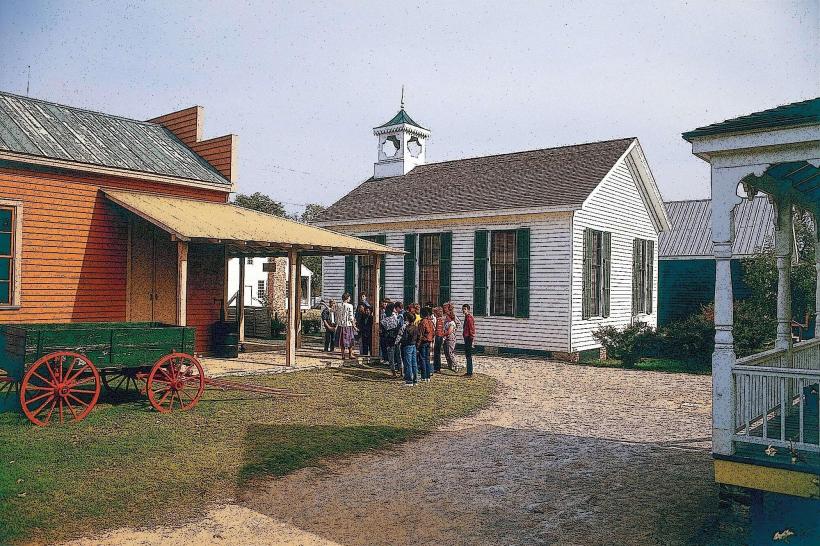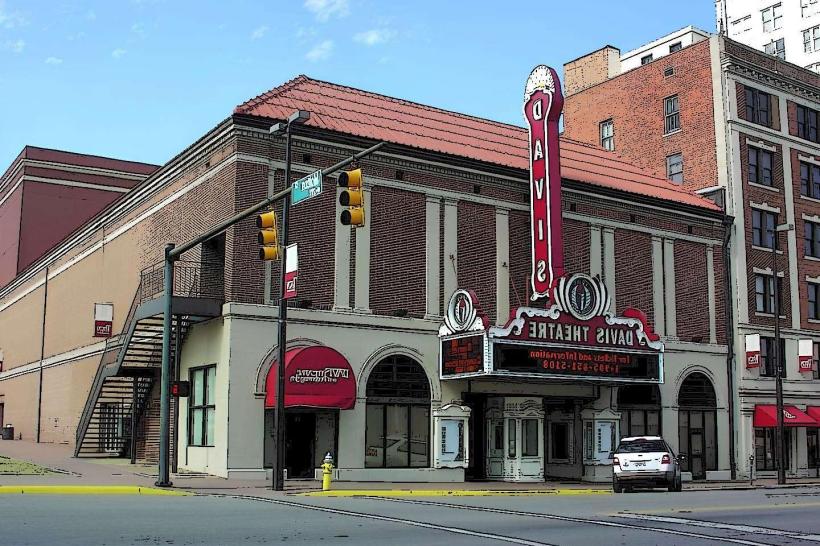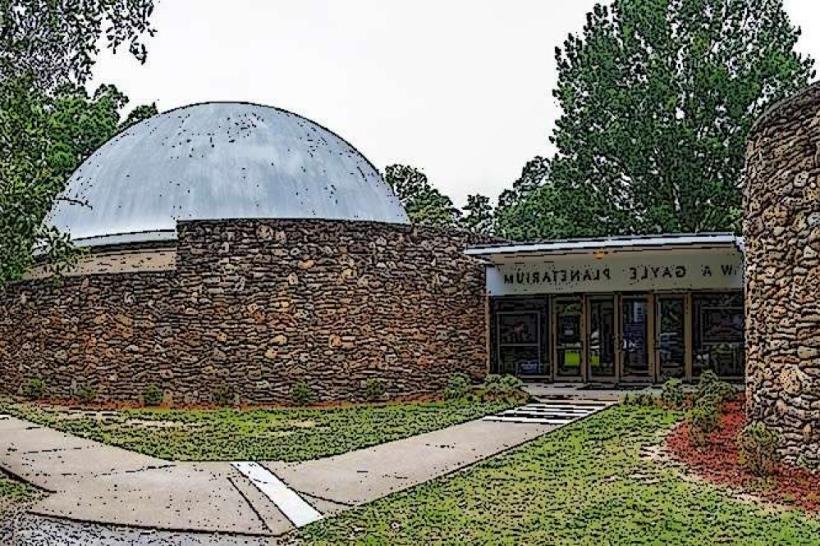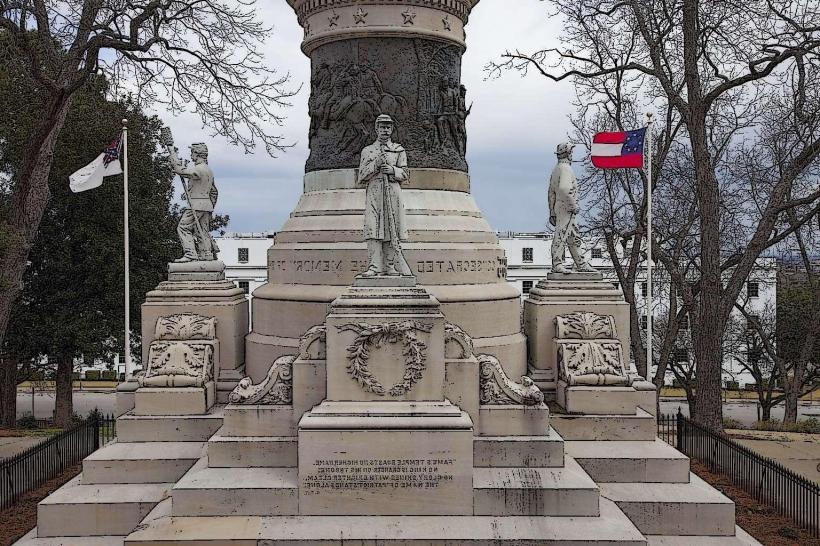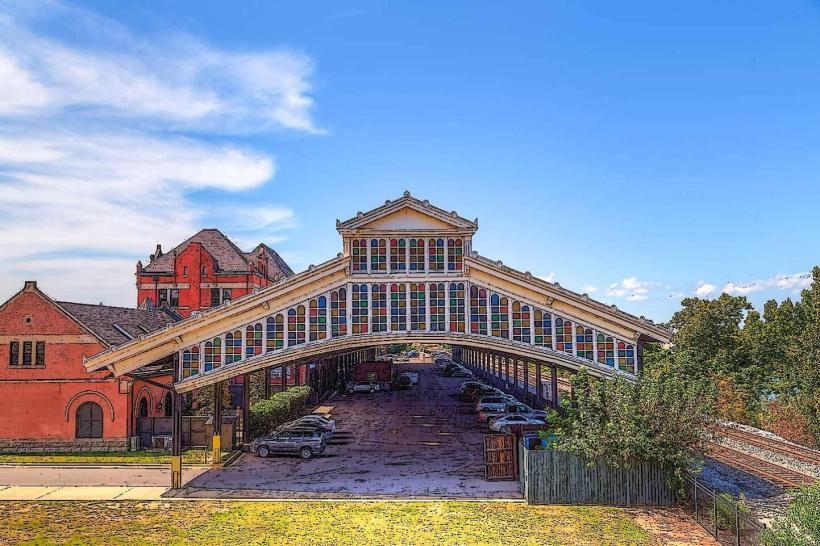Information
Landmark: Rosa Parks Library and MuseumCity: Montgomery
Country: USA Alabama
Continent: North America
Rosa Parks Library and Museum, Montgomery, USA Alabama, North America
Rosa Parks Library and Museum in Montgomery, Alabama, is a dedicated institution honoring the life, legacy, and impact of Rosa Parks, the civil rights icon whose refusal to give up her bus seat in 1955 became a pivotal moment in American history. The museum combines historical preservation, educational programs, and interactive exhibits to highlight the civil rights movement and Montgomery’s role in it.
History and Background:
Opened in 2000 as part of the Montgomery Campus of Troy University, the library and museum were created to commemorate Rosa Parks’ contributions and to serve as a repository for civil rights history.
The institution focuses on preserving documents, photographs, and artifacts related to Parks and the broader civil rights movement.
It serves as both a research center and a public museum, providing educational resources for students, scholars, and visitors.
Layout and Features:
Exhibition Galleries: Chronological and thematic exhibits cover Parks’ life, the Montgomery Bus Boycott, and subsequent civil rights milestones.
Library and Archives: Houses primary source materials, oral histories, and rare documents related to Parks, the Montgomery Bus Boycott, and local civil rights organizations.
Interactive Displays: Multimedia installations allow visitors to experience key events, such as the 381-day bus boycott, through videos, audio recordings, and interactive touchscreens.
Theater and Lecture Hall: Used for screenings, lectures, and presentations about civil rights history.
Educational Programs: Offers workshops, seminars, and guided tours for schools, universities, and community groups.
Collections and Highlights:
Personal items and memorabilia from Rosa Parks’ life.
Original documents and photographs documenting the Montgomery Bus Boycott.
Artifacts from civil rights protests, including bus replicas and protest signage.
Temporary exhibits that explore civil rights movements nationally and globally, connecting Parks’ story to broader struggles for justice.
Cultural and Community Role:
The museum serves as an educational hub, teaching visitors about civil rights history, social justice, and the power of peaceful protest.
Acts as a research center for scholars and students studying civil rights and African American history.
Hosts community events, lectures, and commemorations, particularly during Martin Luther King Jr. Day and Black History Month.
Visitor Tips:
Allow at least 1–2 hours to explore exhibits, library materials, and interactive displays.
Guided tours provide deeper context about Rosa Parks’ life and the Montgomery Bus Boycott.
Photography may be restricted in some exhibits, so check the guidelines upon entry.
Nearby landmarks, such as Dexter Avenue King Memorial Baptist Church and the Civil Rights Memorial, can be included for a full civil rights itinerary.
Significance:
The Rosa Parks Library and Museum is a living tribute to Rosa Parks’ courage and the broader civil rights movement. It combines historical preservation with educational outreach, ensuring that visitors understand the impact of individual action on societal change and the ongoing struggle for equality. It is both a memorial and a dynamic learning center that keeps the legacy of Rosa Parks alive for future generations.



